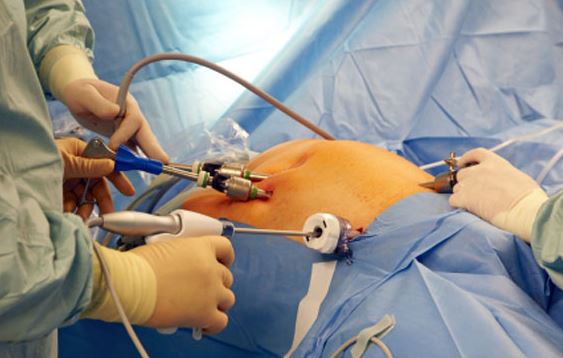Tag: cholecysectomy
Posted in Health
Cholecystectomy: What You Should Know About the Procedure
Author: Eileen Rangel Published Date: 03/23/2021
Cholecystectomy is a surgery to remove the gallbladder, which is a pear-shaped organ located directly under the liver on the right side of the abdomen. Bile accumulates in the gallbladder – a liquid formed in the liver, which takes part in the digestion process. Distinguish between emergency cholecystectomy and cholecystectomy performed routinely (during remission, in the absence of symptoms).
 performed routinely is a fairly simple operation that rarely entails complications. In most cases, the patient can go home 1-2 days after the surgery.
Removal of the gallbladder on an urgent basis is carried out with an immediate threat to the patient’s life when the complications of cholecystitis that have arisen make attempts to achieve stable stabilization of the patient’s general condition unpromising:
performed routinely is a fairly simple operation that rarely entails complications. In most cases, the patient can go home 1-2 days after the surgery.
Removal of the gallbladder on an urgent basis is carried out with an immediate threat to the patient’s life when the complications of cholecystitis that have arisen make attempts to achieve stable stabilization of the patient’s general condition unpromising:
Indications for Removal of the Gallbladder
Cholecystectomy is performed for cholecystitis and gallstone disease to remove gallstones and combat the complications they cause. The attending physician may recommend surgery in the following cases:- Chronic calculous cholecystitis (gallstones, cholelithiasis)
- Polyps and cholesterosis of the gallbladder;
- Stones in the bile duct (choledocholithiasis)
- Inflammation of the gallbladder (acalculous cholecystitis)
- Asymptomatic cholecystolithiasis (no symptoms in the presence of gallstones)
 performed routinely is a fairly simple operation that rarely entails complications. In most cases, the patient can go home 1-2 days after the surgery.
Removal of the gallbladder on an urgent basis is carried out with an immediate threat to the patient’s life when the complications of cholecystitis that have arisen make attempts to achieve stable stabilization of the patient’s general condition unpromising:
performed routinely is a fairly simple operation that rarely entails complications. In most cases, the patient can go home 1-2 days after the surgery.
Removal of the gallbladder on an urgent basis is carried out with an immediate threat to the patient’s life when the complications of cholecystitis that have arisen make attempts to achieve stable stabilization of the patient’s general condition unpromising:
- with peritonitis;
- gangrenous cholecystitis;
- perforation of the gallbladder wall
Complications of Cholecystectomy
There is a very low likelihood of the following complications:- Leakage of bile
- Bleeding
- Blood clots
- Death
- Air embolism
- The occurrence of heart problems
- Infection of the postoperative wound
- Damage to nearby organs: bile duct, liver, and small intestine
- Pancreatitis
- Pneumonia



